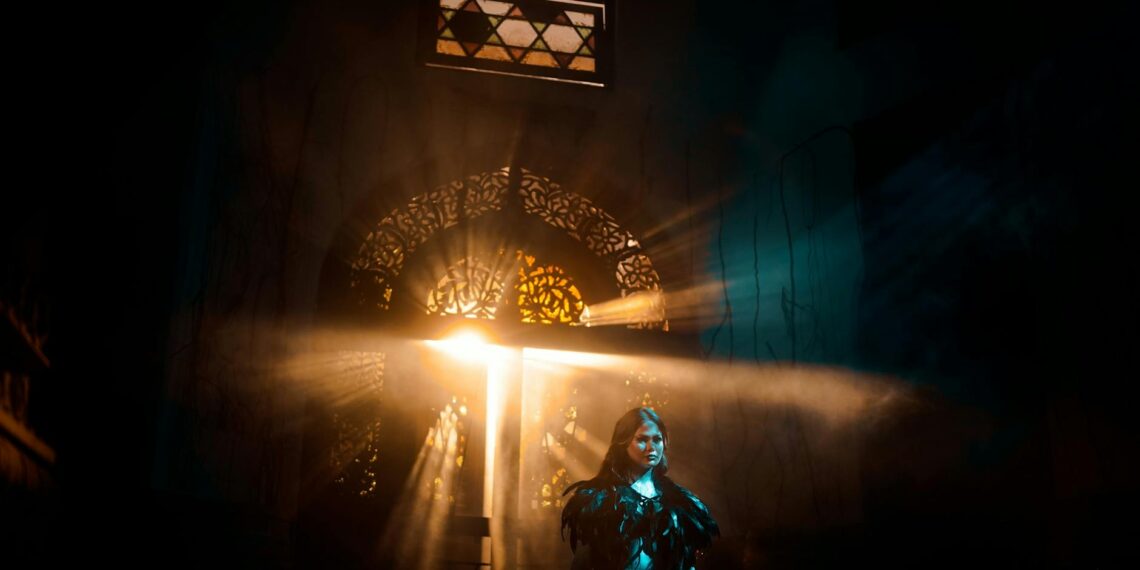Knowing if you have a rare coin involves assessing various aspects, including the coin’s characteristics, historical background, and market demand.
Here’s a breakdown of how to determine if a coin is rare:
- Mintage Figures: Coins with limited mintage, whether due to a short production run, errors, or commemorative purposes, are generally rarer. You can research mintage data through numismatic resources, mint reports, and online databases.
- Errors and Varieties: Coins with unexpected anomalies, such as double strikes, off-center minting, or die cracks, are often more valuable due to their uniqueness. Examine the lettering, mintmark, and die rotation for any abnormalities.
- Design Variations: Changes in minting processes, technology, and artistic preferences lead to design variations over time, and some of these variations can be rarer than others.
- Condition: Well-preserved coins, especially those in higher grades, are generally considered rarer and more desirable among collectors. Coins are graded on a scale from 1 to 70, with 70 being perfect, according to the Sheldon Scale. [PCGS] provides a rarity scale from 1.0 (very common) to 10.1 (no known examples).
- Metal Content: Coins made of precious metals like gold or silver tend to be more valuable, especially if their numismatic value exceeds their melt value.
- Age: While older coins are often rarer, age isn’t the sole determinant of rarity. Low mintage figures or specific errors can make a relatively newer coin rare as well.
- Coins associated with significant historical events, personalities, or periods can be more sought after by collectors. For example, coins minted during wartime or economic crises are often rarer due to limited production.
- Research the coin’s origin, purpose, and any associated stories to understand its historical context and potential rarity.
- The principle of supply and demand applies to rare coins. Heightened collector interest in a coin, coupled with limited availability, can drive up its value.
- Check past auction results and market trends to gauge the demand for similar coins. Heritage Auctions and Coin World are helpful resources for this.
- If you believe you have a rare coin, it’s wise to consult with experienced numismatists or a reputable coin dealer for an expert appraisal. They can provide valuable insights into the coin’s authenticity, condition, and value based on their expertise and knowledge of the market.
- Professional grading services like PCGS and NGC offer certification that can enhance a coin’s credibility and value, especially if you plan to sell it. [PCGS] and [NGC] are leading coin grading companies that provide comprehensive databases and tools for collectors.
- Online appraisal services and mobile apps like [Coinoscope] and CoinSnap can also be helpful for initial assessments.
By carefully examining your coin’s characteristics, researching its historical context and market demand, and consulting with numismatic experts, you can gain a clearer understanding of whether you have a rare and potentially valuable coin.









What coin is worth $40,000?
PCGS values a 1966 Jefferson Nickel in MS66 FS as worth $40,000 and the reason is the grade (MS66) and the striking designation “Full Steps” or “FS”. The 1966 nickel is extremely rare when the steps are fully struck and in the grade MS66 it’s a registry quality coin.